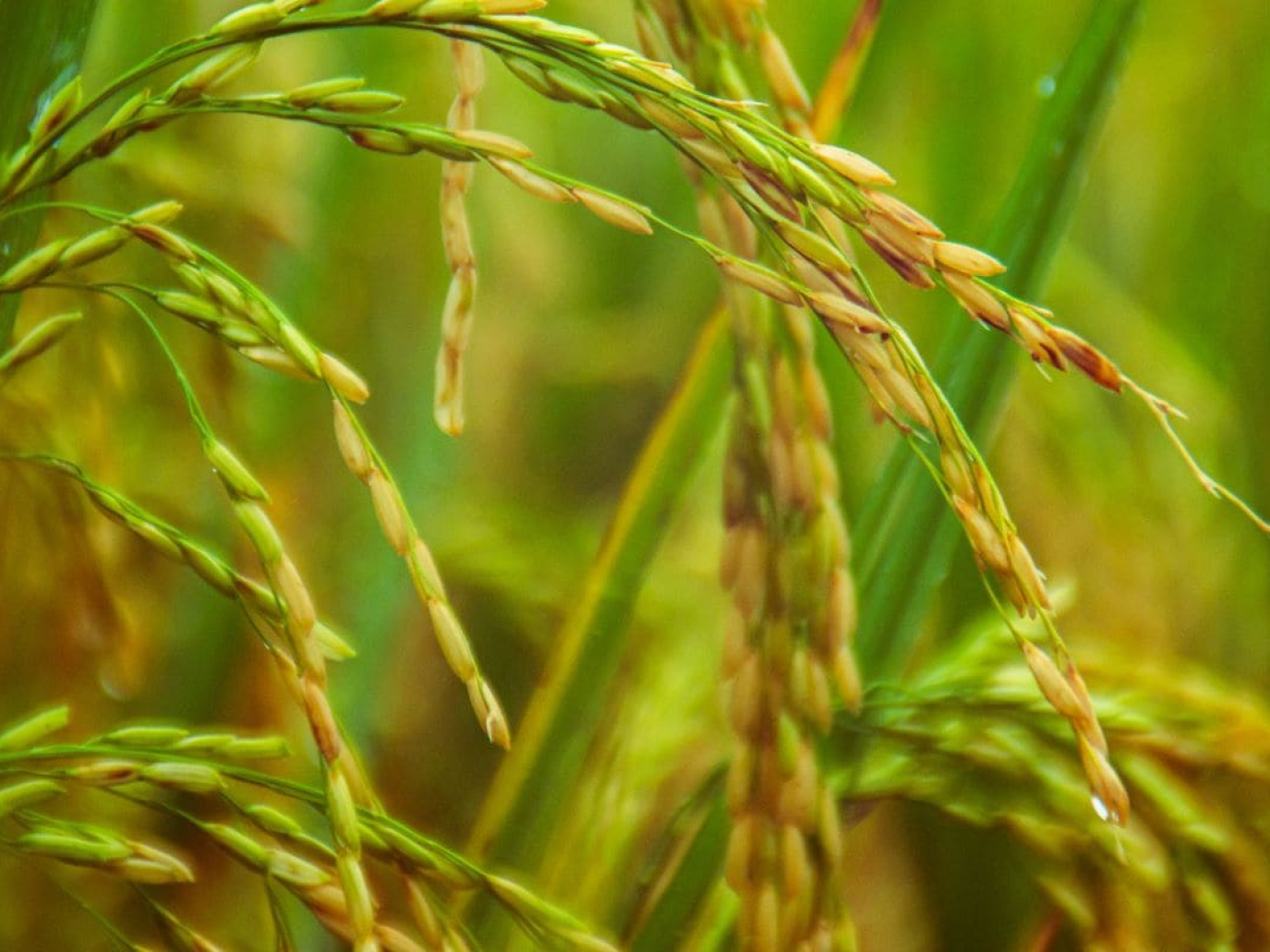This article is also available in Italian / Questo articolo è disponibile anche in italiano
Rice is among the world’s most important crops. A food staple at the center of centuries-old culinary traditions-from Spanish paella to Japanese sushi, via Italian risotto, Indian biryani and South American arroz-this cereal feeds more than half the global population, providing sustenance for millions of farmers and representing a true cultural and economic pillar. However, its production is deeply vulnerable to the effects of climate change while, at the same time, contributing significantly to greenhouse gas emissions and ecosystem degradation.
Rethinking the entire cycle of this food and the biomass derived from it is possible, however. The circular economy applied to rice farming already offers several solutions for transforming-and adapting-a high-impact agricultural system into a more sustainable model. Indeed, the reuse of by-products, from construction to food production, makes it possible to reduce the release of climate-changing emissions, create new economic opportunities and strengthen the resilience of local communities.
We talked about it in this article published on the Circular Economy for Food website, a project of the University of Grastronomical Sciences in Pollenzo, for which it was originally written.
Cover: photo of Sergio Camalich, Unsplash



